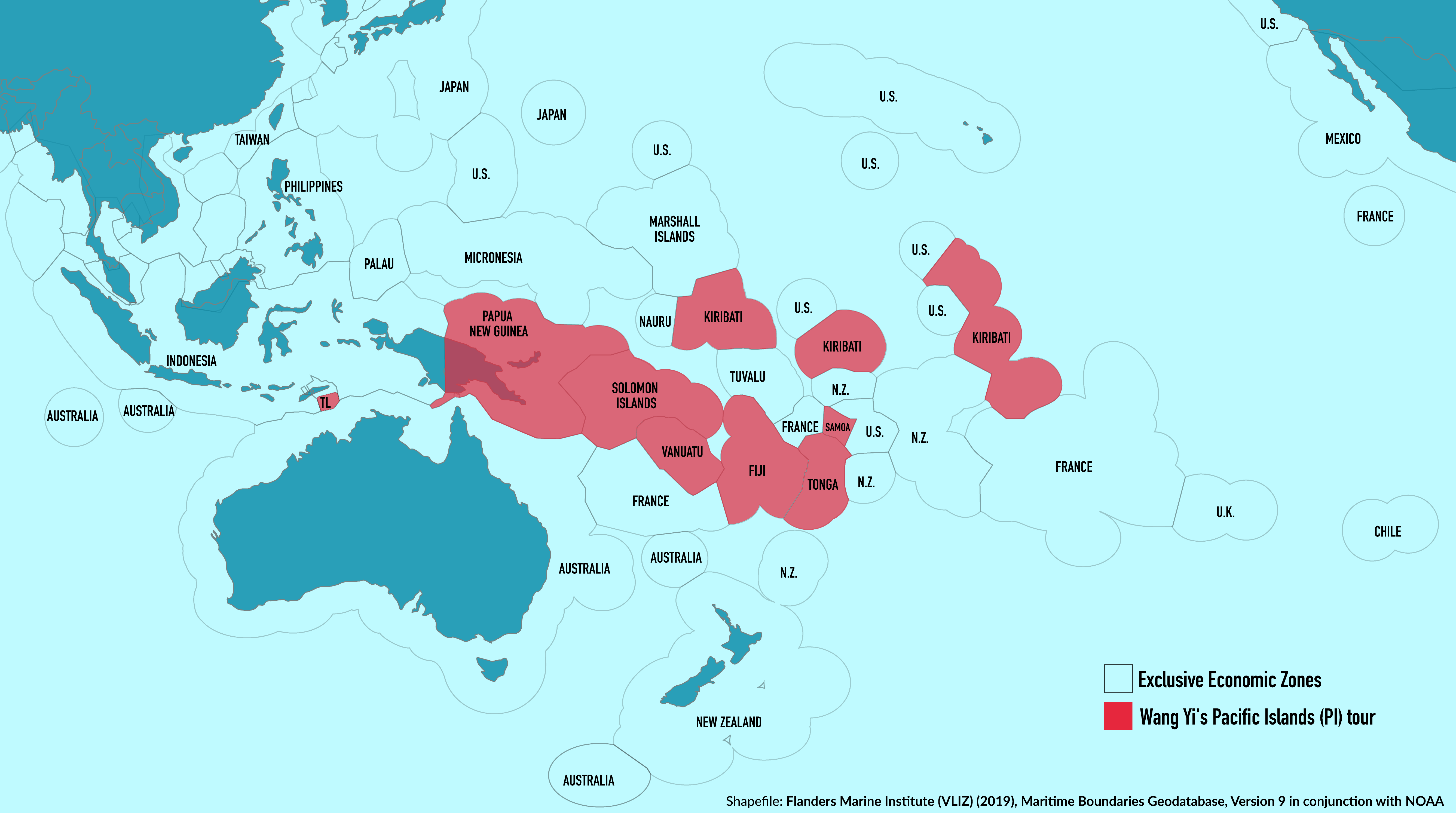Exclusive: Five Eyes alliance fabricating evidence, building rumors of China infiltration: source

The Five Eyes Alliance Photo: VCG
The Five Eyes Alliance is collecting and fabricating evidence that intends to show China is “infiltrating politically into Western countries,” with the aim of tarnishing China’s image in the world, the Global Times learned from a source close to the matter.
Analysts said this is not the first time that the Five Eyes have conspired to target China and other countries. As an alliance designed for intelligence sharing, it has been conducting covert or overt operations like theft, interference, infiltration, subversion and coercion. The Five Eyes alliance is not so much as an intelligence-sharing group but an anti-China club.
The Global Times learned that intelligence agencies in the Five Eyes willfully interrogate and harass Chinese students and scholars on questionable or no grounds at all. Some even approach Chinese communities and pressure them to become agents for the Eyes. Although the Eyes are not so sharp at telling the truth from falsehood, they are adept at meddling in the internal affairs of China, among other countries in the world.
In Hong Kong, the consulates of these countries have become the headquarters and command of interference and subversion where their consular officials reached out to anti-China forces and separatists to incite violence by providing financial support and training, the source said.
The alliance has been obsessed with making up cases of China’s “espionage” and “infiltration” merely based on shoddy intelligence. In 2020, Australian spy authorities raided New South Wales state legislator Shaoquett Moselmane’s home for alleged links with China. But the cited political influence in Australia on behalf of China was never proven by evidence.
In recent years, Five Eyes alliance is also stepping up its efforts to steal and attack other countries in the area of cybersecurity.
A latest report from Anzer, a cybersecurity information platform, showed that the US military and government cyber agencies have remotely stolen more than 97 billion pieces of global internet data and 124 billion phone records in the last 30 days, which are becoming a major source of intelligence for the US and other “Five Eyes” countries.
The…


